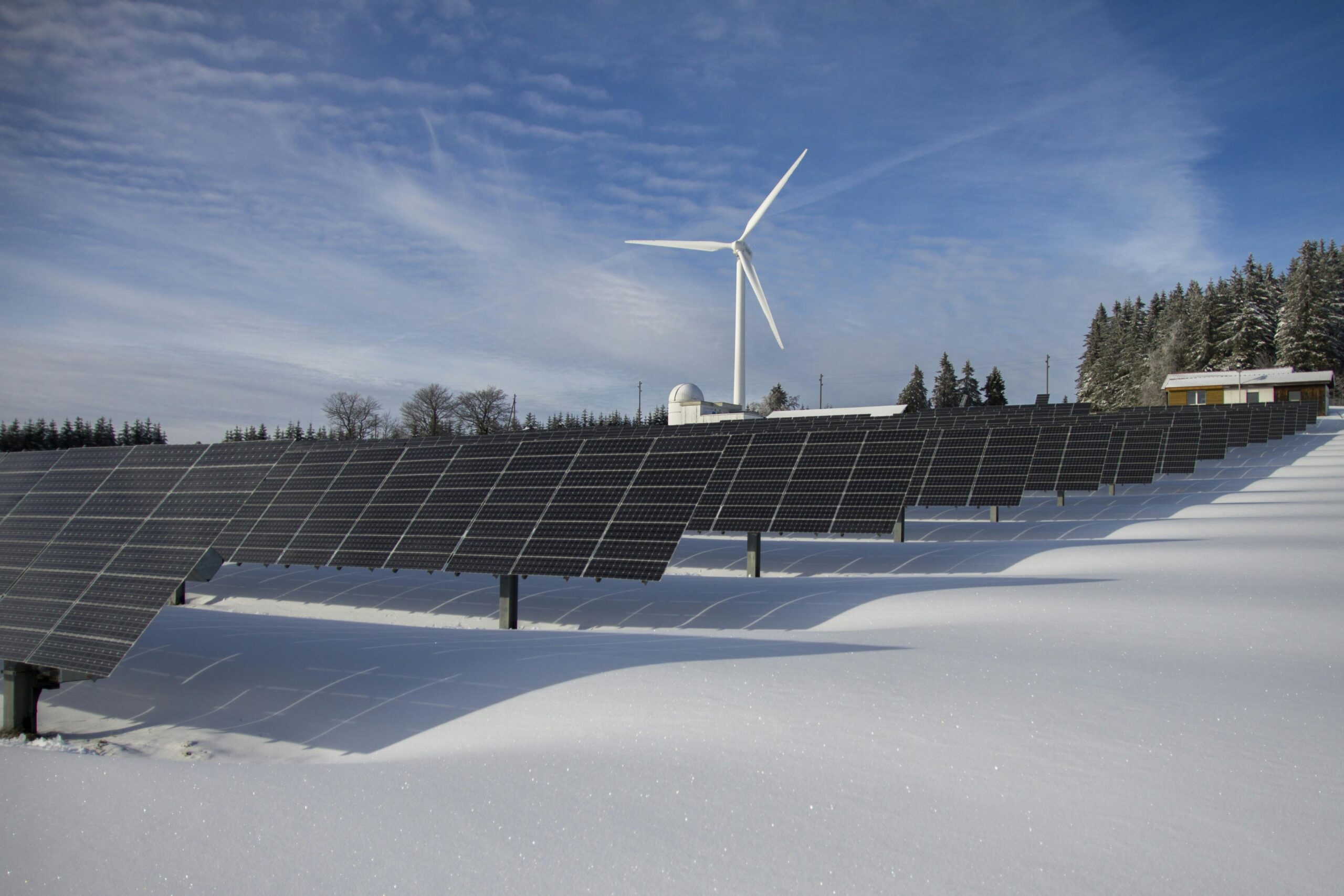As we look towards a more sustainable future, leveraging renewable resources has become increasingly appealing. With mounting concern over environmental degradation, solar power presents an attractive, eco-friendly energy option. Solar incentives are your path to affordable green energy, helping you play your part in alleviating environmental stress while saving money. According to a report by the Solar Energy Industries Association (SEIA), the United States had over 97 gigawatts of solar capacity installed by the end of 2020 — enough to power nearly 18 million homes.
The Importance of Solar Incentives
Your journey to using affordable green energy starts with understanding why solar incentives are crucial. These incentives help decrease the overall cost of setting up a solar system significantly and shorten the payback period. Making solar energy more financially appealing broadens its accessibility, making it a viable alternative energy source for more households. By bringing down the upfront investment needed for solar power, you can contribute to environmental well being without putting heavy strain on your finances.
Types of Solar Incentives
The first step towards harnessing the power of the sun is understanding the various types of incentives. These can be broadly classified into federal level and state-level incentives, known as us solar incentives. Federal incentives apply across the country and provide a uniform benefit regardless of where you live. State-level incentives vary based on locality with some states offering generous benefits to encourage the adoption of solar energy.
Federal Solar Investment Tax Credit
Arguably one of the most significant incentives responsible for making solar power more affordable is the Federal Solar Investment Tax Credit (ITC). This allows for reductions in federal income tax based on a percentage of your investment in a solar power system. Although slated for eventual decrease, it still continues to be a significant encouragement for adopting solar energy.
Renewable Energy Certificates
Then there is the Renewable Energy Certificates (RECs) which you earn each time your solar system generates a specified amount of electricity. Each REC represents proof that a portion of your energy comes from a renewable source. Depending on your local renewable standards and market prices, you can sell or trade RECs to attain additional savings or income.
Net Metering
Net metering is another financial incentive that can benefit you considerably. If your solar power system produces more energy than you consume, the excess energy is sent back to the grid. You get credits for this surplus energy which can be used against future electricity usage when your solar panels are not producing enough electricity, such as during nighttime or cloudy periods.
State Solar Tax Credits
On a state level, various jurisdictions offer their specific income tax credits for installing a photovoltaic system. These credits help reduce your overall tax liability, making solar panel installation an even more attractive endeavor. Remember that each state may have different rules surrounding these tax benefits, so you need to familiarize yourself with those specific to your locality.
Solar Power Performance Payments
Solar Power Performance Payments, also known as Feed-in Tariffs (FiTs), provide you with premium subsidies for the actual electricity produced. Some states make performance payments to home and business owners for the electricity their solar systems generate, even if they use all that power.
Solar Rebate Programs
Apart from tax incentives, certain states also run Solar Rebate Programs providing cash rebates for people installing solar systems in their homes or businesses. These rebates directly reduce your initial investment costs and thus makes switching over to solar power quite lucrative. These rebate programs often change and requirements may vary significantly from one region to another.
Property Tax Exemptions
Property tax exemptions make it much less burdensome to install a solar energy system. Some regions offer property tax exemptions on the additional home value added by investing in a solar power system. Aiming for such exemptions can result in significant savings annually.
PACE Financing
An innovative solar incentive is PACE (Property Assessed Clean Energy) financing, designed to make it easier for homeowners and businesses to invest in renewable energy improvements. Under this program, costs of the installation are spread over the estimated life of the system and repaid through property taxes.
Solar Leasing
Solar leasing has emerged as an affordable option for people keen to switch to solar but unable to bear upfront installation costs. Companies offer systems at little to no cost while you pay a fixed rate for the electricity consumed from the leased system. It’s an excellent way for you to take advantage of solar power without making a large initial investment.
Solar Power Purchase Agreements
Solar Power Purchase Agreements (PPAs) are contractual agreements where a developer arranges for the design, permitting, and installation of a solar energy system and the customer buys the system’s electric output from the solar services provider for a predetermined period.
Taking Advantage of Solar Incentives
To fully benefit from these incentives, you need to have comprehensive knowledge of what is available in your area and how to take advantage of them effectively. Partnering with a local, experienced solar installer is recommended as they can guide you through the process, ensuring optimal benefits realization from available incentives.
Final Thoughts
Solar incentives provide a viable path for you to utilize renewable, green energy while reaping significant financial benefits. The financial commitment need not be daunting, given the plethora of federal and state incentives designed to reduce your costs and shorten your payback period. So dive into this pool of sustainable opportunity – the sun is rising on an exciting and affordable future powered by renewable energy.
